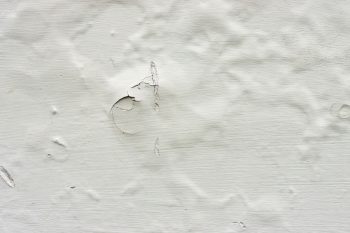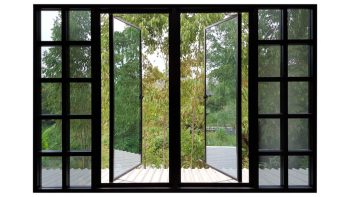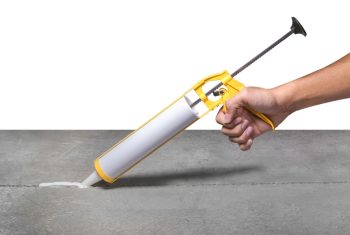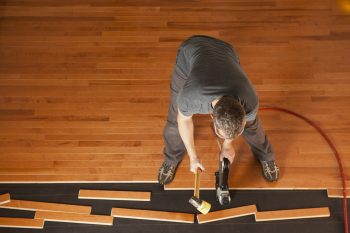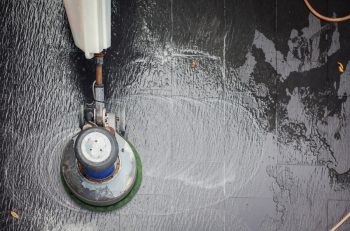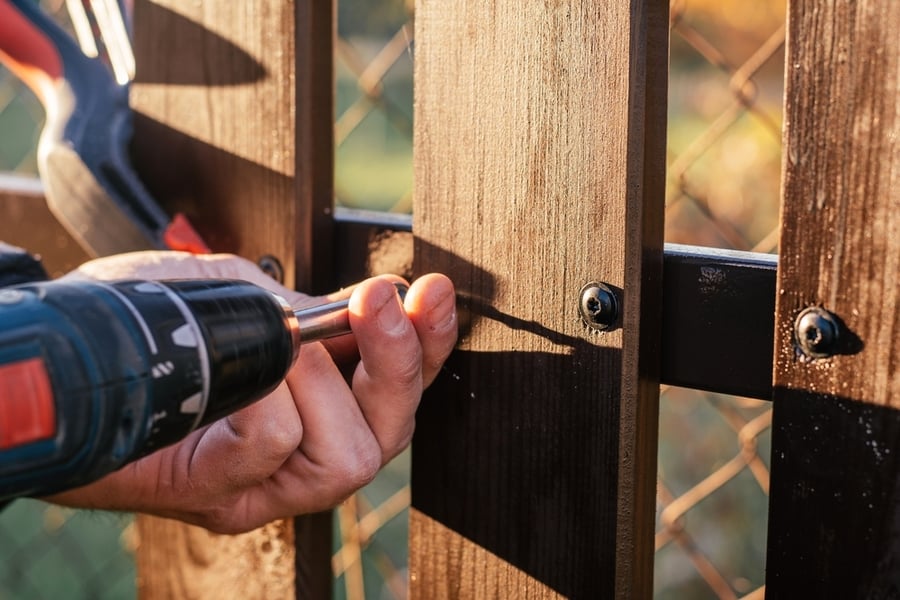
If you’re looking to add some cabinets to your garage or wish to put up a few walls to expand the size of your house, drilling into a stud is a handy skill.
It’ll help you create more space without tearing apart the existing elements of your home.
However, when you begin your project, finding the exact location of the stud can be challenging. But fear not! This article will walk you through simple methods of finding the location of your studs to achieve an even more arduous task: drilling into them!
Studs are metal bars that are screwed into walls to hold up the roof or floor of a building. They are the structural framework of a wall and are, therefore, an essential element for your house.
Even though there are various types of wall studs, the most popular are wood and metal studs. However, the general drilling procedure is the same for both, and you can rapidly master it.
Although drilling a hole through a wall seems complicated, following some simple safety guidelines and employing the appropriate equipment can make it happen.
Hence, begin by selecting the right bit for your drilling studs. For metal studs, use metal anchors or self-tapping screws; for wood studs, use standard wood drill bits for a stable hold.
Also, choose a suitable location for the hole to avoid damaging electrical wiring. Lastly, control the drill with a steady hand and solid pressure while drilling the hole.
Drilling into a stud is common in house repair, but it seems daunting to many people. It is probably because they don’t know how to do it properly.
Therefore, this article will help you learn the easiest ways to locate a stud and the best techniques to adapt while drilling.
How To Find the Location of a Stud
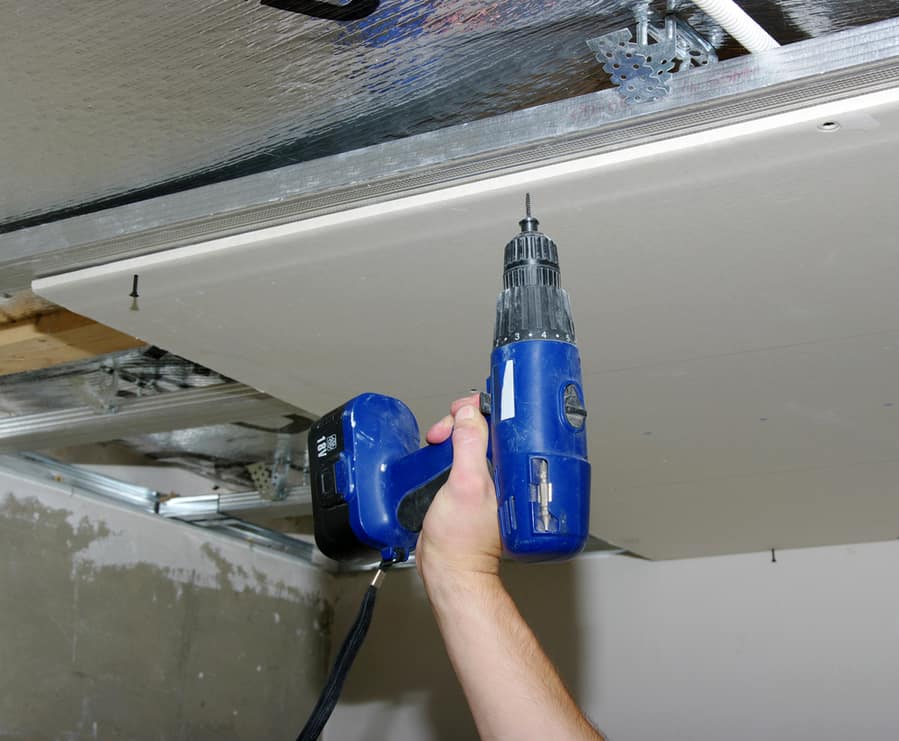
Understanding how to locate a stud is the first thing you’ll need to learn before drilling into one. The good news is that there are several methods for locating a stud on your wall. Some, however, are more precise, while others are not.
Two of the simplest ways to find a stud are listed below:
1. Tap the Wall
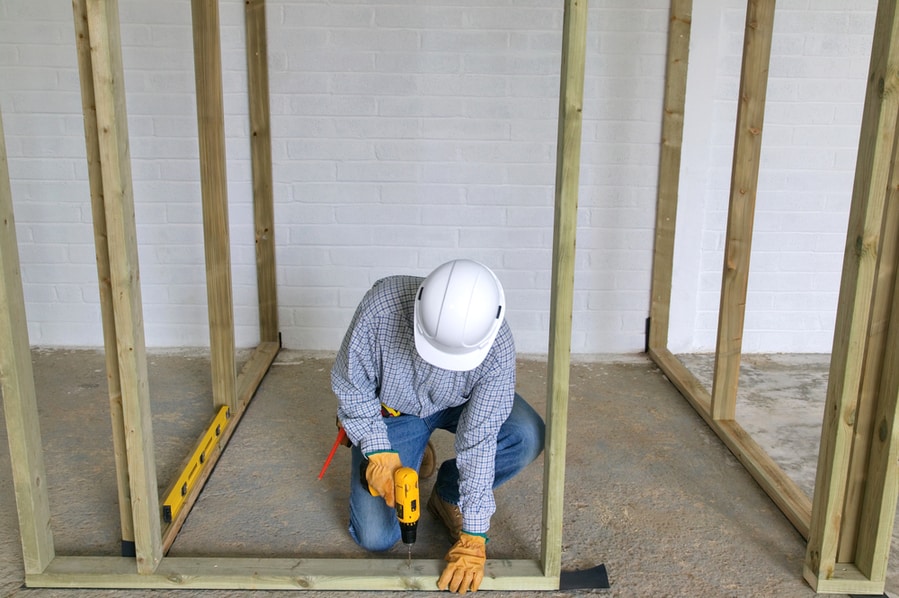
You’ve undoubtedly used the tap-the-wall method while drilling into a stud. Although you cannot call it the most precise method of finding a stud, it is a great way to ensure you won’t drill through the drywall.
So apply this method when your room is quiet. Just bang on the wall and listen for a “hard” hit. Be ready to expect a hollow sound on striking drywall and a loud sound on striking a stud.
2. Use a Stud Finder
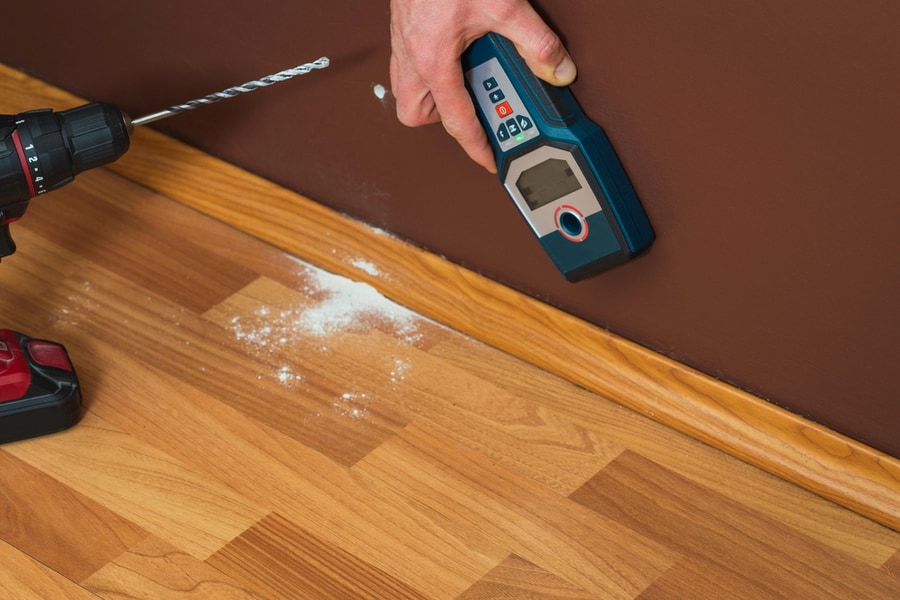
A stud finder is something you’ve seen while checking a workbench. This small, portable tool can quickly locate studs on a wall.
To check the stud location, carefully slide your stud finder left or right while keeping it flat on the wall.
You’ll hear a beeping sound when you find a stud, letting you know it’s okay to drill there.
Even though some stud finders are more accurate than others, most are adequate. Of course, you could always use the tap-the-wall method outlined above to verify it.
4 Ways To Drill Into a Stud
If you are trying to drill into a stud, a proper selection of tools is necessary. If you fail to choose the correct tools for a specific surface material, the drill could shatter or become dull, and surface scratches and cracks could develop.
Hence, it would be best if you considered some factors to stop this from happening:
1. Get the Stud
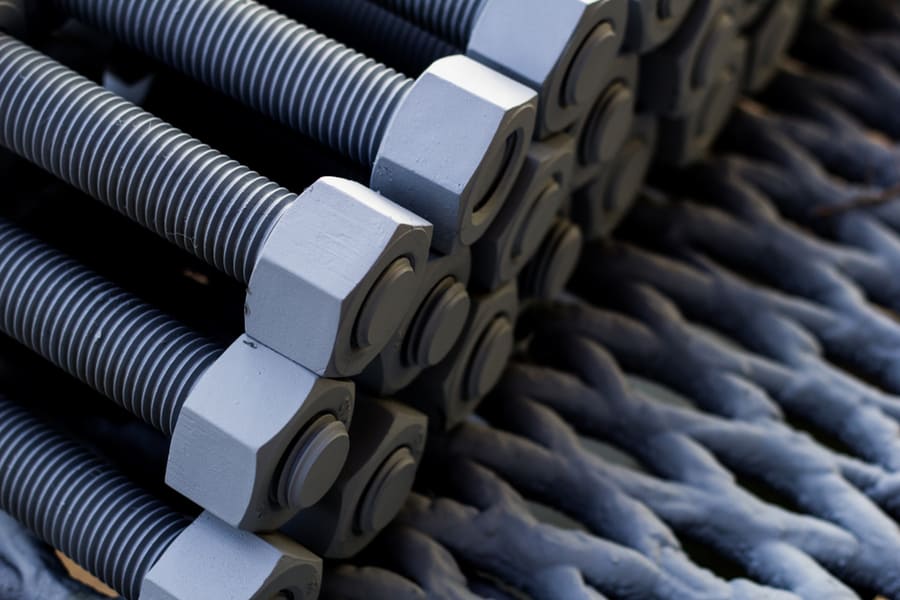
Drilling into a stud requires finding the stud first. If you don’t, your new picture frame or work of art will likely crash into a mess of little pieces on the floor.
However, following our previous instructions can assist you in finding your stud location. Still, if you haven’t located any stud yet, get a stud finder and find it. Tap along the wall if you don’t hear a clear sound.
2. Locate the Center and the Edge
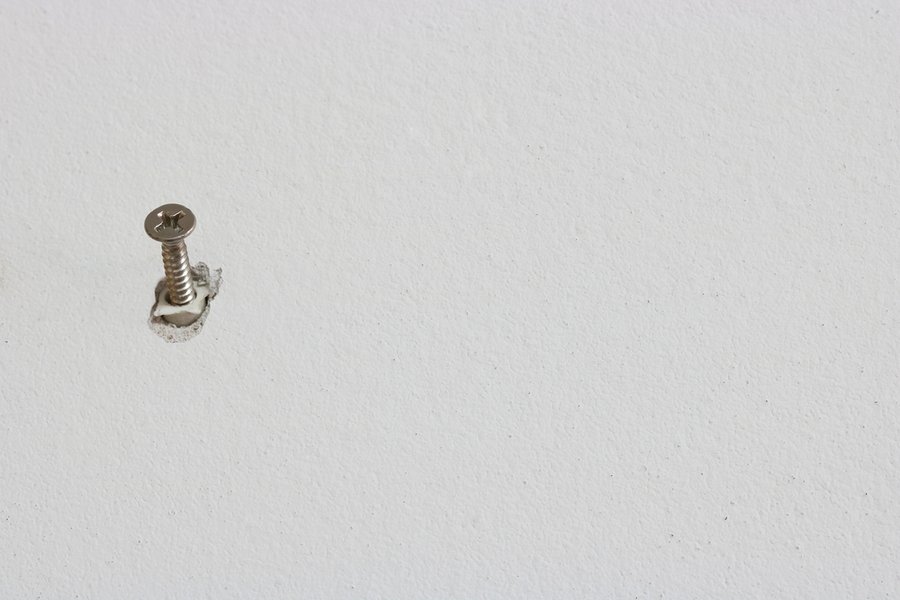
After locating the stud, use a pencil to mark the stud’s sides in the drywall so you don’t drill in the wrong direction.
In addition, you should be able to tell where the stud ends by knocking on the wall. If your knocking sounds hollow, the stud has finished.
Also, get a decent estimate from the average length of wall studs, about 2 inches.
Once you have located both ends, use your pencil to indicate the center of the stud so you can drill precisely where you marked it.
3. Select a Drill Bit
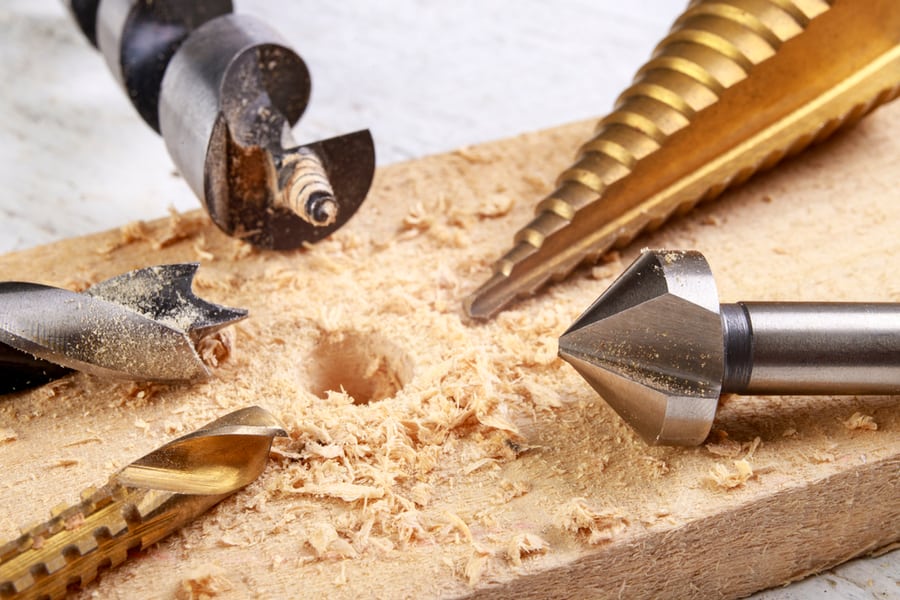
If you want to drill into a wood stud, you need an exclusive drywall screw. Once you have it, locate a bit that matches the screw you are using and start drilling. A drywall screw is essential to hang something heavy on your wall.
Also, you must pay close attention to the drill bit you’re using while drilling into a metal or steel stud. The ideal metal bit is titanium or cobalt, suitable for heavy-duty drilling.
In terms of screws, it is appropriate to use drywall screws for metal studs.
Finally, get ready to drill into the stud once you’ve selected a bit.
If you only hang a small picture or other items, drive a nail into the stud. But because a screw is more sturdy, you should use one if you’re trying to mount a television or hang a big picture on the wall.
4. Drilling

Whenever drilling, ensure to maintain a low speed. This device usually runs for 10 to 12 minutes, and we guarantee it will not suddenly overheat and break during this period.
Also, maintain the drill strictly perpendicular to the surface when holding it. If you do not heed this advice, the drill could damage and leave a dent.
By chance, if the tool drill stucks in the wall’s thickness, you should remove it gently without applying more pressure.
Otherwise, the drill would shatter, leaving pieces inside the wall.
Additionally, it’s crucial to take precautions to prevent eye contact with drilling dust. You can use specialized eyewear and gloves to avoid your hands slipping throughout the operation.
Guidelines for Proper Drilling Into Metal Studs

Keep in mind the following guidelines when drilling into metal studs:
- A low-end drill or wood drilling bits won’t work when drilling into metal studs. Hence, use appropriate metal drilling bits of cobalt or titanium.
- Also, use a stud finder or a measuring tape to find your stud. Typically, studs have a central measurement of 16 inches between two corners.
- Utilize a little drill bit to make a comparable hole in a wooden stud through the exterior wall and the stud.
- The manner and type of anchor you pick for your project will affect what you do next because all that is needed is to pop through the relatively thin metal stud; the shorter, the better.
- Keep in mind to drill even little holes by using both your hands. So, you can control the proper pressure, which is crucial.
- Examine the chips resulting from the material to establish how much pressure you should apply to the drill. The chips will become thick and spirally curved when the pressure is too high.
Guidelines for Proper Drilling Into Wood Studs
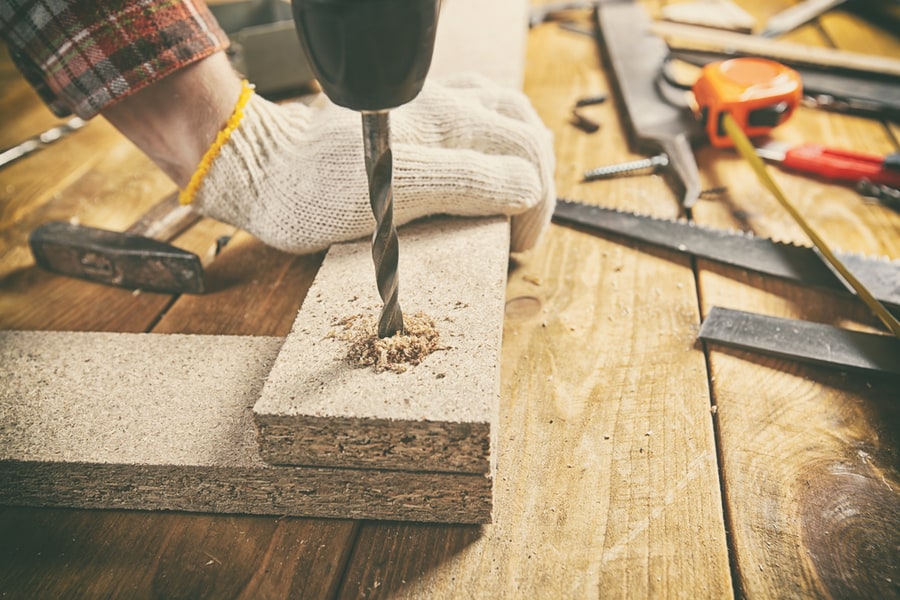
- Always place a good wood bit into your drill. A wood bit frequently features flutes that you fan out 180 degrees to remove material from the bit quickly and a brad point in the center to keep it from bouncing off the user.
- Mark the area where you want to drill, put on your safety glasses, push hard, and start drilling immediately.
- If your stud is behind the wall, as is typical, use a stud finder or a tape measure to locate it. Studs usually have a distance of 16 inches, starting at one end of the wall to the other.
- Try to cut through the wall’s construction and about an inch into the stud using the tiniest quantity necessary.
Before starting any DIY project, be sure you are safe. There are a few issues with drilling that require careful attention.
- Properly clean your workspace to avoid tripping over screws, bits, and anchors on the ground while working.
- Avoid touching the drill bit with your bare hands after drilling. It becomes unbearably warm. If you don’t wear gloves, your hands could burn.
- If you use intense pressure, drill bits may break out and become loose frequently. Therefore, employing goggles is essential to protect your eyes from the sudden rise of a loose or broken bit.
- Avoid wearing loose clothing during your working hours, if feasible. Also, take care of your hair, sleeves, and jewelry if you don’t want to get snagged while drilling.
- Before you begin drilling, make sure the location of the sockets, switches, and wires is exact. It is the typical error that most people make and may be hazardous.
Conclusion
Learning to drill into a stud might initially seem complicated, but it isn’t. You can hang anything you want on your wall fearlessly if you adhere to the four instructions in our guide.
As with any project, it’s better to plan before you start. After reading this post, you will feel more prepared.
So, Good luck with your project!
Frequently Asked Questions
How Deep Should I Insert a Screw Into a Stud?
The short answer is that it depends on the weight of the object you’re trying to hang. The basic rule of thumb is that the longer the screw, the heavier the item.
If you’re hanging a light picture frame or something similar, you don’t need to worry too much about this because virtually any screw over an inch and a half will work.
The bracket set will include screws if you’re trying to install a TV or another big object on your wall. Moreover, you shouldn’t screw a picture directly into a stud when hanging it from a screw; instead, leave about a quarter-inch extending out so you can fasten the frame.
On the other hand, if you’re drilling a screw into a bracket, you should drill it in as deeply as possible to ensure it is snug and prevents the bracket from sliding.
How Can I Drill Through Drywall Without a Stud?
Typically, drilling through drywall is optional if you’re only going to hang something on it. The only things you should hang on drywall without a stud are those that are exceedingly light.
Most of the time, you can hang something by simply driving a nail into the drywall.
An adhesive hook is usually an ideal method for hanging items on drywall. These won’t damage your wall and are more likely to hold up a lightweight object than a nail would.
Generally, if the thing is too heavy for a hook, it will also be too heavy for drywall.
Is It Safe To Drill a Screw Directly Into a Stud?
Yes, in a nutshell, but we don’t advise you to do this. Drilling a pilot hole first with a tiny, short bit is nearly always preferable. Doing this ensures that the screw will go in quickly and that no electrical lines inside the wall will be damaged.
Since electrical wires frequently run through the middle of a stud, you should not drill or screw more deeply than one inch into a stud.
Drilling a small pilot hole before inserting a screw makes it quicker and easier to make repairs if you miss the stud.
How Should I Proceed if My Drill Bit Isn’t Entering the Stud?
Firstly, you must check whether you are using metal or wood bits. If you are using a metal bit and it isn’t going in, it is likely hitting a metal pipe or a nail plate.
If you still need help drilling, try drilling a hole an inch above it and then double-check your measurements because you are likely not above the stud.
